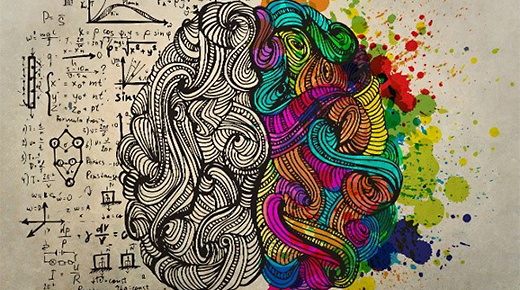The rise of neuromarketing has already begun to provide companies and researchers with greater insight into consumer behavior than consumers themselves are capable of giving. Neuromarketing tools such as facial-affective recognition, eye tracking, and fMRI technology can illuminate the neurobiological responses that may underlie people’s likes and dislikes. Going straight to the source, i.e., the nervous system activity during moments of thinking and decision making, often lets us see beyond the conscious rationales, biases, second-guessing, and omissions that crop up in consumer survey responses.
…

Add new comment